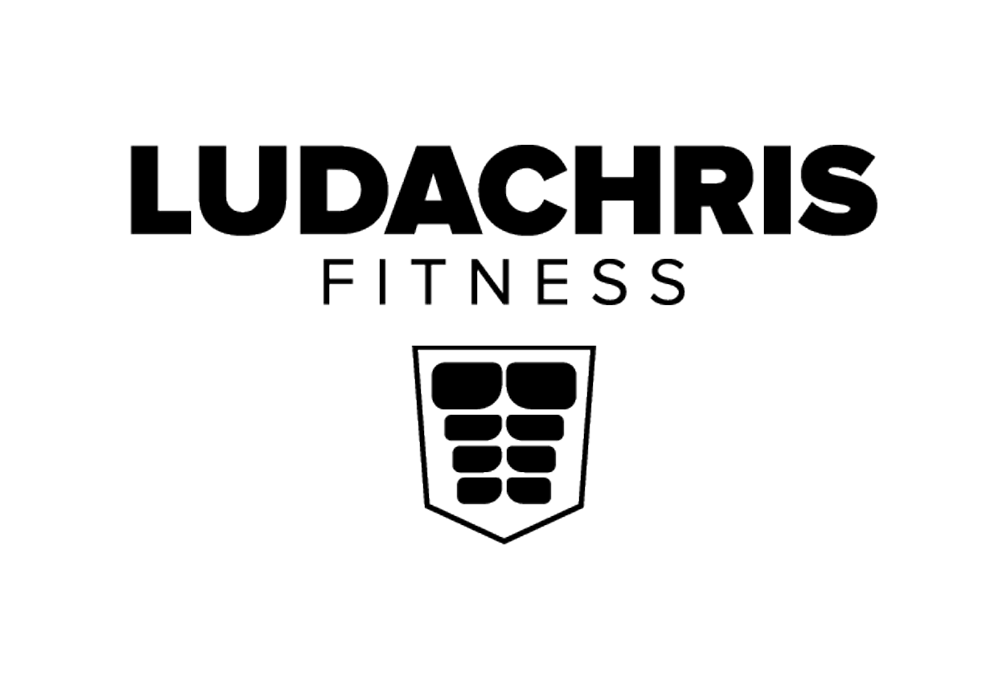I hope you enjoyed Part 1 – Optimising your health and hormones of this 3-part blog series. If you haven’t read it yet, make sure to check it out here.
Optimizing your diet, what does it mean? Ask 10 different coaches and you will probably get as many different answers. Personally, I don’t believe there is only one way to eat or diet. Many different approaches will work and make you lose fat. Keto, low carb, high protein, vegetarian and paleo diets all work to some extent because they have 2 things in common:
- They create an initial calorie deficit by removing certain foods from your current diet and
- They usually encourage you to eat more veggies which are low in calories but also high in fibre, keeping you satisfied longer.
In the long run, the best diet will be the one you can stick to. Without recommending a specific diet and specific intake of carbs, protein and fats, here are a few steps you can take to optimize your current diet.
1. Increase healthy fats consumption
Try adding a cubed avocado or some sunflower or pumpkin seeds to your salad. Add a teaspoon of Coconut oil to your morning coffee. Use a quality oil for cooking at higher temperatures such as avocado oil instead of hydrogenated soybean oil or canola oil (very high in omega-6 which creates inflammation in your body). Use extra virgin cold pressed olive oil on your salads or as a dressing, but avoid cooking with it. Have a handful of dry roasted nuts as a snack (not peanuts, they aren’t really nuts and they are highly pro-inflammatory).
2. Improve quality protein consumption
Try including a quality protein source in every meal. Protein increases satiety and gives your body the necessary amino acids which are the building blocks of everything from muscles, to organs, to skin and hair. A good quality protein source is whole eggs, preferably pasture raised and free-range (highest in omega-3). Don’t be scared of cholesterol consumption, your body needs it to produce hormones like testosterone and estrogen. You can also buy pasteurized liquid egg whites if you want to add more protein to your meal without increasing your fat intake. A good option would be 2 whole eggs + ½ cup of egg whites as an omelette or egg-scramble. Other quality protein sources are grass-fed beef and pasture raised chicken and turkey. Fish and seafood are another great protein source, especially if they are wild caught. Avoid eating too much predatory fish such as Tuna as they are high in mercury. Opt for smaller fish like trout, salmon, sardines and for seafood such as shrimps.
3. Use carbs as fuel
Carbs such as bread, oatmeal, rice, potatoes, sweet potatoes and even fruit are delicious. Carbs are your muscles preferred source of energy, but they are not essential for survival. Your body has requirements for essential fatty acids and essential amino acids. This means your body must get them from food because it is unable to manufacture them on its own. There is no such thing as an essential carbohydrate, meaning your body can convert fats and protein into carbs when in need. This doesn’t mean you should avoid eating carbs at all costs and be scared of them. Eating carbs around the time when your body needs them the most is key to using them for fuel and replenishing muscle glycogen and not converting them and storing them as fat. This means you should aim to have most of your carbohydrates around your workout. This will also help improve fitness performance, muscle recovery and body composition. Aim for a serving of carbohydrates in your pre-workout meal and for another serving of carbohydrates in your post-workout meal.
4. Have more veggies than fruits
Everybody loves fruits and they are indeed healthy. But fruits are still high in sugar and a form of concentrated carbs. Most vegetables on the other hand are low in sugar and low in carbs and high in fiber. Most vegetables have a much higher concentration of vitamins and minerals, so you are getting more nutrition bang for your buck. I recommend having fruits to veggies in a 1:4 to 1:6 ratio, meaning you can have one serving of fruit for every four to six servings of veggies you eat per day.
In conclusion, if your goal is to lose fat, you should always strive to optimise your diet and and the quality of the foods you eat. You should aim for highly nutritious foods to support a balanced and healthy body. Calorie balance is obviously also important as eating too much of healthy foods will still ultimately lead to fat gain over time.
If you would like to know how to estimate your caloric intake requirements to lose fat and how many grams of protein, carbs and fats you should be consuming for your goals, then look forward to my future blog post that will explain everything in detail. Also stay tuned for Part 3 – Optimizing your training of this 3-part blog series on “How To Lose Fat The Right Way”.

